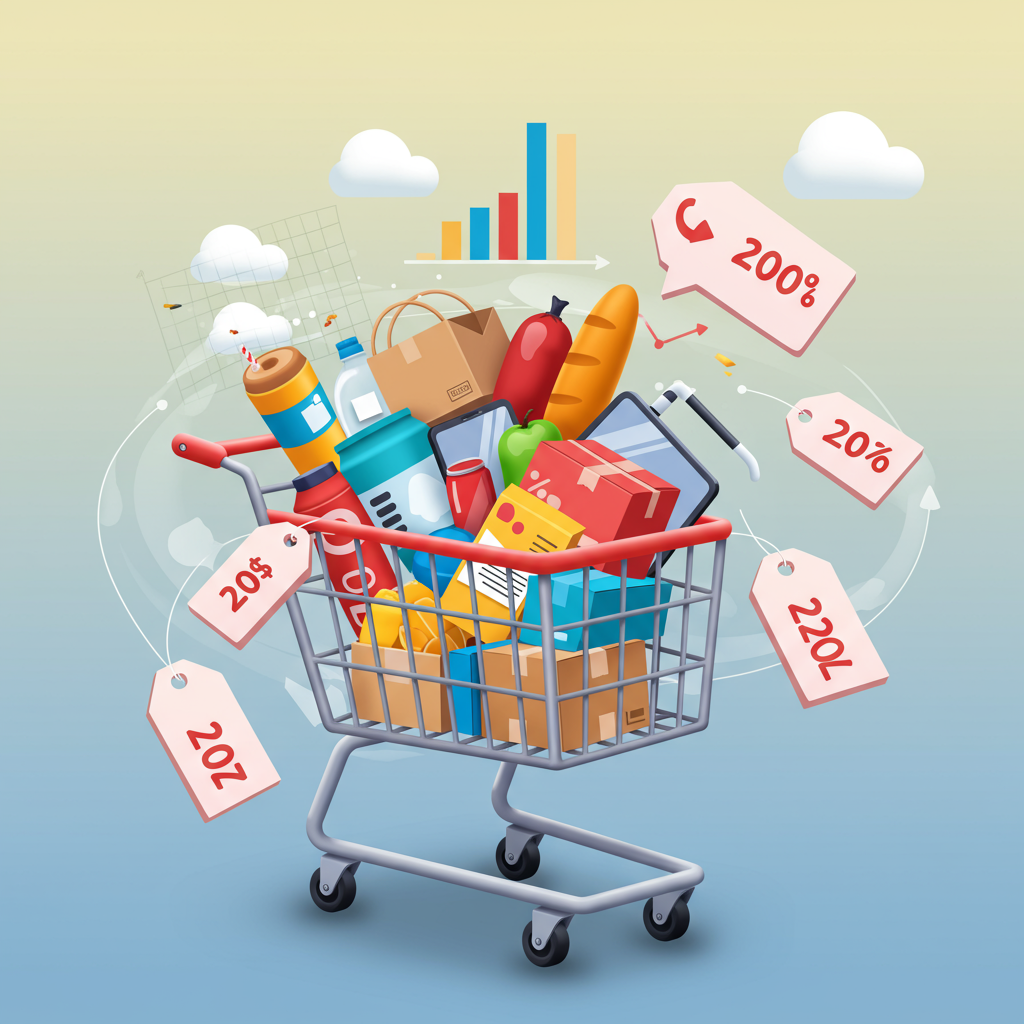Unlock New Revenue Streams and Expand Your Reach with Strategic B2B Pricing Models
As a merchant navigating the vast world of e-commerce, I’ve learned that expanding beyond direct-to-consumer (DTC) sales can unlock significant growth opportunities. One of the most powerful avenues for this expansion is wholesale.
Wholesale isn’t just about selling more units; it’s about reaching new markets, building brand awareness through other retailers, and establishing a more diversified revenue stream for my Shopify store.
However, diving into wholesale requires a strategic approach, especially when it comes to pricing. It’s not as simple as just cutting your retail price in half. There’s a delicate balance to strike.
My goal with this article is to guide you through the essential strategies for setting up effective wholesale pricing on your Shopify store, ensuring profitability while attracting the right B2B partners.
First, let’s talk about the foundational elements of any pricing strategy: understanding your costs. I always start by meticulously calculating my Cost of Goods Sold (COGS) for each product.
COGS includes raw materials, labor, manufacturing overhead, and any direct costs associated with producing an item. Without a clear grasp of this, any pricing model I choose will be built on shaky ground.
Next, I consider my desired profit margins. While wholesale margins are typically lower than retail, they should still be healthy enough to cover operational expenses and contribute to my business’s growth.
I also research market rates. What are similar products selling for at wholesale? This helps me position my products competitively without undercutting my value or overpricing myself out of the market.
Now, let’s explore some common wholesale pricing models I’ve found effective on Shopify. The most straightforward is often a fixed wholesale price per unit.
This model involves setting a specific, lower price for wholesale buyers, distinct from your retail price. It’s simple to implement and easy for buyers to understand.
Another popular approach I use is percentage-off retail pricing. For example, I might offer wholesale buyers 40% off my standard retail price.
This method maintains a clear relationship between your retail and wholesale prices, which can be beneficial for brand consistency and perceived value.
For larger orders, I often implement tiered pricing or volume discounts. This incentivizes buyers to purchase more units, which helps me move inventory and increases order value.
For instance, I might offer one price for 10-20 units, a lower price for 21-50 units, and an even lower price for 51+ units. This structure rewards bulk purchases.
Minimum Order Quantity (MOQ) is another crucial element I incorporate. Setting an MOQ ensures that wholesale orders are substantial enough to be profitable for me, covering the administrative effort involved.
My MOQs vary by product, but I always make them clear upfront to potential wholesale partners. This manages expectations and streamlines the ordering process.
Sometimes, I encounter unique situations where customer-specific pricing is necessary. This might be for a long-term partner, a very high-volume buyer, or a special project.
Shopify’s capabilities, especially with the right apps, allow me to create custom price lists or discounts for individual wholesale accounts, offering flexibility when needed.
Implementing these strategies on Shopify can be done in several ways. For basic wholesale, I might use Shopify’s draft orders feature to manually create invoices with wholesale pricing.
However, for a more scalable and automated solution, I highly recommend exploring dedicated Shopify wholesale apps. Apps like “Wholesale Club,” “Wholesale Gorilla,” or “B2B/Wholesale Solution” are invaluable.
These apps allow me to create separate wholesale customer accounts, hide retail pricing, display wholesale-specific product variants, and automate tiered pricing or MOQs directly on my storefront.
I also ensure I have a clear application process for new wholesale accounts. This typically involves a form where potential partners provide their business details, tax ID, and agree to my terms.
Transparency is key. I always publish clear wholesale terms and conditions, including payment terms (e.g., Net 30, upfront), shipping policies, and return policies, on a dedicated wholesale page.
Finally, I regularly review my wholesale pricing. Market conditions change, my costs fluctuate, and I gain new insights into what works best. Adapting my strategy is crucial for long-term success.
What do you think about these strategies? Have you found other approaches particularly effective for your Shopify wholesale business?
Remember, building a successful wholesale channel on Shopify is an ongoing process of optimization and relationship building. With the right pricing strategy, you’re well on your way to expanding your reach and boosting your revenue.
By carefully considering your costs, market, and desired margins, and leveraging Shopify’s tools and apps, you can create a robust wholesale program that complements your retail efforts beautifully.






